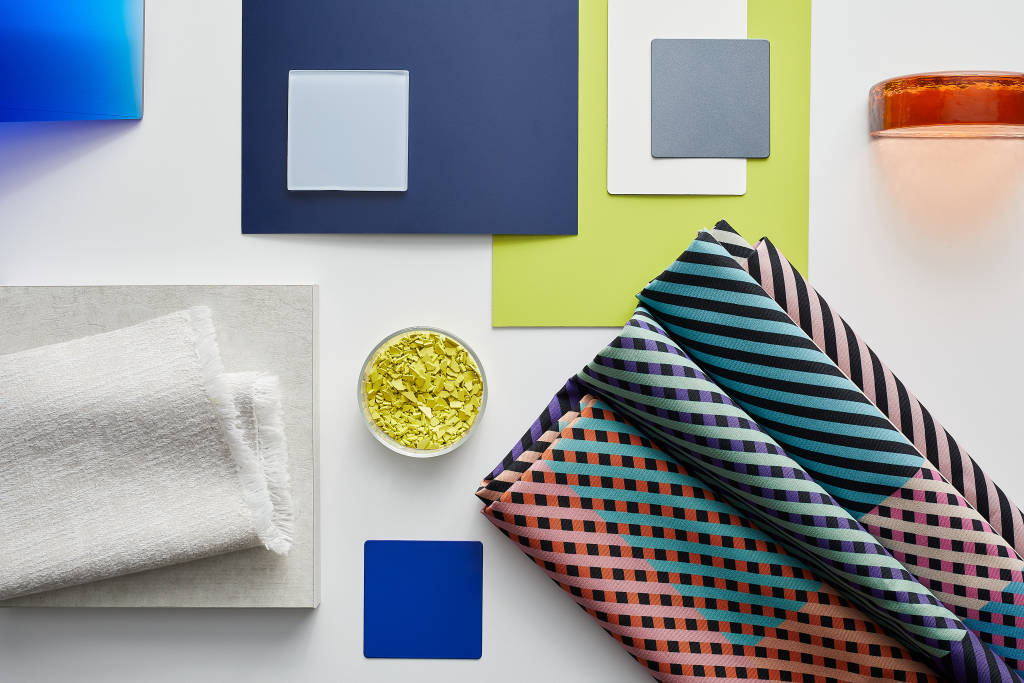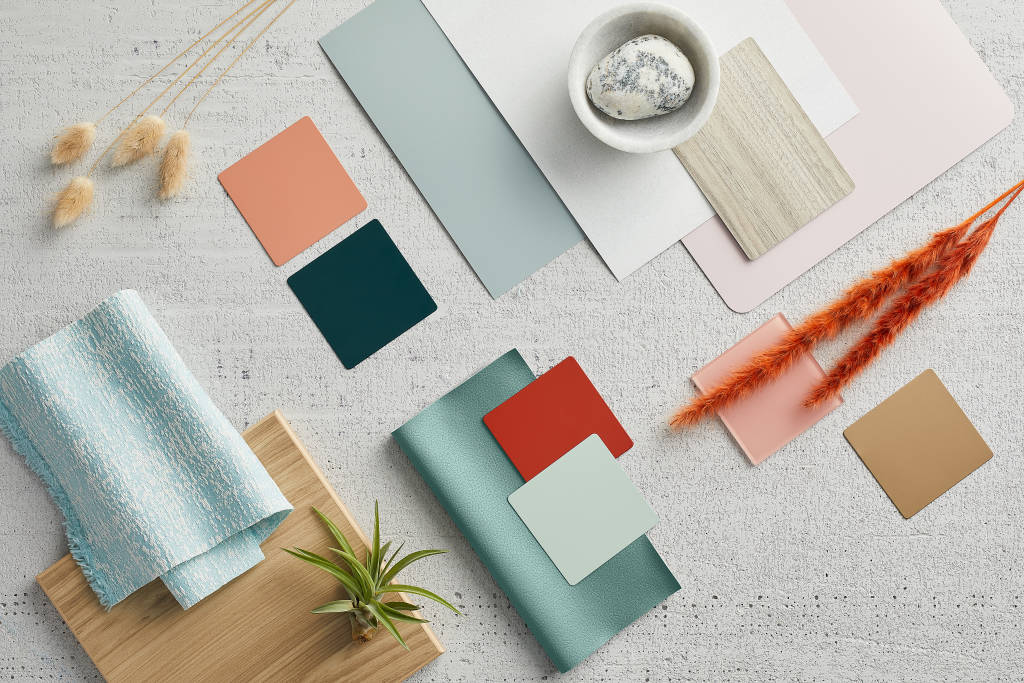Study Proves Virus Inactivation on Common Office Fabrics
Newly-published Steelcase research provides evidence that common workplace fabrics are not a predominant source of virus transmission.
As people return to the office, they expect a welcoming, comfortable environment. Soft surfaces commonly seen in offices, such as office sofas or even the fabric covering found on office chairs help the workplace feel more like home. Now, newly-published research in a special edition of the journal Indoor and Built Environment provides evidence that commonly-used indoor fabrics are effective at reducing the surface transmission of Covid-19. This first-of-its-kind study boosts confidence in the ability of soft materials to be an important part of a safer workplace moving forward.

Research Findings
Sharon Tracy, PhD, Principal Researcher in Steelcase’s Materials Development Lab, and Carol Derby, vice president of Designtex Research and Development, led the commissioning of an independent lab to study how long the coronavirus remained active on contract surface materials. Using ISO 18184 and the enveloped human coronavirus OC43 (an ASTM-recommended surrogate for SARS CoV-2), the lab found:
- After 12 hours – no active virus was recovered from the 100% polyester fabric
- At the 24 hour point – the amount of active virus that could be recovered from the 100% wool fabric was reduced by 93.6%
Essentially, the study found almost no virus was detectable on the fabrics within a day. Other viruses such as influenza A are also enveloped, meaning they have an outer wrapping. Because of the findings of the research, it is likely that these results can be applied to other enveloped viruses of concern for a healthy office, and that textiles are likely not a predominant source of contact transmission (as with SARS-CoV-2) during annual flu outbreaks.
Steelcase released these early results in 2021, and now a peer-reviewed journal has published the full details of the study in a publication titled “Virus Inactivation on Common Indoor Contract Fabrics.” This publication marks the culmination of two years of work dedicated to understanding the role of materials in combating the spread of these types of viruses. 360 sat down with Tracy and Derby to learn more about the research and what it means for the workplace.
360: Why was this research important?
Sharon Tracy:
Researchers have studied the interaction of viruses on surfaces, but it was usually related to healthcare. We wondered about the workplace. We specifically took interest in the published results from cotton, which showed coronaviruses quickly became inactivated during contact. We wanted to know if common workplace textiles would show similar inactivating properties and we wanted to identify what caused the virus to inactivate. Our research shows that typical workplace textiles also include a physical property that inactivates an enveloped virus. Basically, when an enveloped virus contacts these fabrics, the absorption of the fabrics breaks the envelope and the virus is no longer active.
Carol Derby: The mindset pre-Covid was that you need to add antimicrobial chemicals and treatments to textiles (and other surface materials) to protect against virus transmission. No one was considering that physical properties like absorption capacity could come into play. People naturally assumed a smooth hard surface was better, but the data revealed the opposite. This was an opportunity to explore why and share that new information.
360: Why did you test these specific fabrics?
ST: Fabrics are complex materials. We chose single fiber fabrics to start with to simplify our research plan. The specific fiber types were chosen from those most commonly used by our customers in workplaces. Polyester is used often on seating and panels. Wool is another natural fiber found in a lot of executive offices and board rooms.
360: What would you advise customers based on this research?
CD: There was a big concern early in the pandemic that we may need all smooth wipeable surfaces in the office. This research allows for the design field to still have a full tool kit when looking at how they design space. It also chips away at the thinking that antimicrobials are necessary and that all materials need to be able to stand up to harsh disinfectants. Kaiser Permanente, for example, has determined antimicrobials do not improve health outcomes, and this evidence proves they are often not necessary.

360: What kinds of questions are most common now when it comes to surface materials?
CD: Cleaning and disinfection knowledge continues to grow because we’re taking a conversation that was previously reserved for health care and applying it across all commercial settings. This is a new area of knowledge for the workplace. We’re taking knowledge about the cleaners and disinfectants that are effective against viruses and doing further testing to show compatibility with our office furniture surface materials. We want to help customers exercise their cleaning and disinfecting protocol and maintain the integrity of their materials.
360: How valuable is this research beyond the pandemic as we think about a safer workplace overall?
ST: Through conducting this and related research, we are in a much better position to understand the key issues related to disease transmission in offices. Viruses are complicated. Our research was narrow in scope because we tested the interaction of one enveloped virus on specific fabric types. Yet, we feel reasonably confident the results can be applied to other enveloped viruses such as influenza A as well as other fabric types with the same specific physical property we identified – that being high-absorption capacity.
CD: The discovery that these fabrics were inhospitable to the coronavirus should give designers and customers greater confidence to specify fabrics, even in high-use, high-touch applications. The data also provides supporting evidence for specifiers who are seeking to move away from antimicrobial finishes and harsh cleaning agents. We lean on this research at the product development stage, deploying it to avoid adding red-listed chemistries as unnecessary and potentially harmful downstream.
Additional Resources:
Steelcase Surface Materials Cleaning Resources
Designtex Covid-19 Resources
Understanding Virus Transmission at Work with MIT’s Dr. Bourouiba
Systemic approach to a safer workplace

Sharon Tracy, PhD, is a principal researcher in the Materials Development Lab at Steelcase. Sharon conducts research at the intersection of materials, worker and workplace to inform product development.

Carol Derby is vice president, research and development for Designtex, a Steelcase company leading in the design and manufacturing of applied materials for the built environment. Carol charts the course for developments that bring added performance and relevance to applied materials for commercial spaces. She also researches change in the design industry to inform better engagement with A&D.


